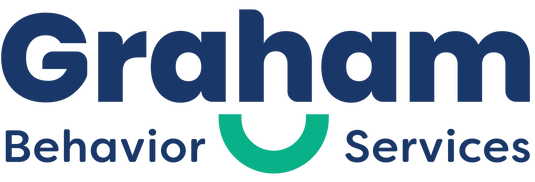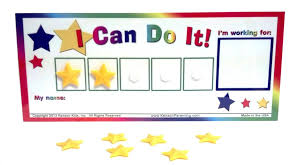Consistency greatly impacts our effectiveness as behavior analysts. Getting the family of the client to buy in to our interventions can be challenging but necessary for most clients. Sure, some learners acquire the skill of behaving or responding in a certain way in our presence, but if it doesn’t generalize to outside our session, does it matter?
Getting buy in and participation can be difficult. When I first start with a family, I always explain the importance of participating in session, and setting aside time for training. It isn’t always possible for some caregivers. Some work over 40 hours a week or have other children to care for. I try to involve the siblings as well if that is a barrier. For busy families, I tend to video record their child during session (with consent of course). I then schedule a parent training session when they are available and review the video. This way I can highlight some of the skills that we are working on and potentially provide training on the parents implementing the programs.
I also make sure to explain to caregivers that they aren’t likely to see behavior change unless the procedures are carried over and used by the family. Some learners may generalize skills and their families may all of a sudden see their child respond in ways they didn’t before. However when it comes to disruptive behavior, most often the family needs to be involved. They need to be active participants and understand what behavior to put on extinction, what behavior to reinforce and what if any consequence procedure to implement.
For more knowledgeable caregivers, if you find yourself constantly explaining the rationales behind the procedures and your recommendations, maybe they need an ABA “refresher.” You may need to go back to the basics of the science and show how it relates to what you are suggesting and even show the research showing the effectiveness. With some families who tend to reinforce disruptive behavior, it may help to explain the ABCs. You can relate it specifically to their child by going through specific examples of what you have observed in the home.
The most important part is to target skills that are meaningful to the family. Upon meeting a family, I always ask them to describe their top goals or priorities for their child. Try to work on skills that the family can use during daily activities. This way parent training is a given because if they are motivated to have their child display a certain skill, then they will be motivated to participate in training to promote skill acquisition and learn how to generalize and maintain the skill to daily family life. Some examples could be teaching the learner to engage in a leisure schedule if the family needs their child to be engaged when at home. Implementing an eating schedule to teach the learner to sit for the length of a meal with the family. Teaching the learner to independently follow a morning routine so other family members can also get ready for their day. These are just some ideas, but try to focus programming time on helping the learner be more successful at home.













